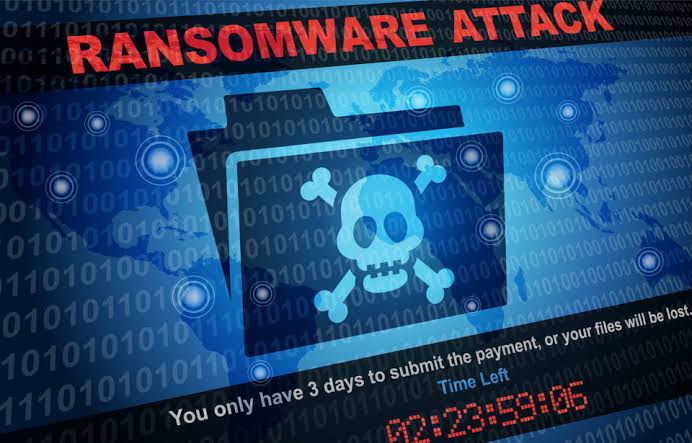Ransomware attacks are a serious threat to local governments in 2023. In the past year, there have been a number of high-profile ransomware attacks on local governments, resulting in significant financial and operational disruptions.
There are a number of reasons why local governments are targeted by ransomware attackers. First, they often have limited IT resources, which makes them more vulnerable to attack. Second, they often hold sensitive data, such as personal information about citizens, which can be used as leverage to extort a ransom payment.

Here are some tips for preventing ransomware attacks on local governments in 2023:
- Keep software up to date. Ransomware attackers often exploit vulnerabilities in outdated software to gain access to a system. By keeping software up to date, you can help to protect your systems from these vulnerabilities.
- Use strong passwords and multi-factor authentication. Strong passwords and multi-factor authentication can make it more difficult for attackers to gain access to your systems.
- Educate employees about cybersecurity. Employees are often the weakest link in a cybersecurity defense. By educating employees about cybersecurity best practices, you can help to reduce the risk of a ransomware attack.
- Have a backup plan. In the event of a ransomware attack, it is important to have a backup plan in place. This will allow you to restore your systems and data if they are encrypted by the attackers.
- Use a firewall to block unauthorized traffic. A firewall can help to block unauthorized traffic from reaching your systems.
- Scan your systems for malware on a regular basis. A malware scan can help to identify and remove any malware that may have infected your systems.
- Have a plan for responding to a ransomware attack. It is important to have a plan in place for responding to a ransomware attack. This plan should include steps for containing the attack, restoring your systems, and notifying affected individuals.
- Work with a cybersecurity professional. A cybersecurity professional can help you to assess your risks and develop a plan to mitigate them.
By following these tips, local governments can help to reduce their risk of being targeted by ransomware attackers in 2023.
In addition to the tips listed above, there are a number of other things that local governments can do to protect themselves from ransomware attacks. These include:
- Using a cloud-based solution for storing data. Cloud-based solutions are often more secure than on-premises solutions, as they are hosted in a secure environment and are regularly backed up.
- Encrypting sensitive data. Encrypting sensitive data can make it more difficult for attackers to access it, even if they are able to gain access to your systems.
- Using a security information and event management (SIEM) system. A SIEM system can help you to monitor your systems for signs of malicious activity.
- Being aware of the latest ransomware threats. It is important to stay up-to-date on the latest ransomware threats so that you can take steps to protect yourself from them.
By taking these steps, local governments can help to protect themselves from ransomware attacks and the serious consequences that they can cause.

